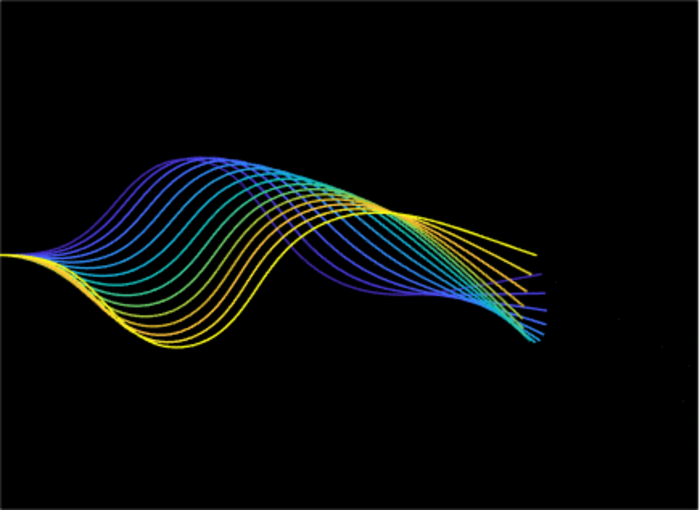Cilia are tiny, hair-like structures on cells throughout our bodies that beat rhythmically to serve a variety of functions when they are working properly, including circulating cerebrospinal fluid in brains and transporting eggs in fallopian tubes.

Credit: Louis Woodhams
Cilia are tiny, hair-like structures on cells throughout our bodies that beat rhythmically to serve a variety of functions when they are working properly, including circulating cerebrospinal fluid in brains and transporting eggs in fallopian tubes.
Defective cilia can lead to disorders including situs inversus — a condition where a person’s organs develop on the side opposite of where they usually are.
Researchers know about many of cilia’s roles, but not exactly how they beat in the first place. This knowledge would be a step toward better understanding, and ultimately being able to treat, cilia-related diseases.
A team of McKelvey School of Engineering researchers at Washington University in St. Louis, led by Louis Woodhams, senior lecturer, and Philip V. Bayly, the Lee Hunter Distinguished Professor and chair of the Department of Mechanical Engineering & Materials Science, have developed a mathematical model of the cilium in which beating arises from a mechanical instability due to steady forces generated by the cilium motor protein, dynein.
Results of the research appeared on the cover of the August issue of Journal of the Royal Society Interface.
Bayly’s lab has been working with cilia as a model to study vibration, wave motion and instability in mechanical and biomedical systems. As intricate nanomachines in their own right, cilia could inspire similarly propelled machines that can do useful tasks on the tiniest scales, maybe even for chemical sensing or drug delivery in the human body.
The new model will allow the team to explore what happens when the motor protein exerts different forces, or when internal structures are more or less stiff, as a result of genetic or environmental factors.
Read more on the engineering website.
Journal
Journal of The Royal Society Interface
DOI
10.1098/rsif.2022.0264
Method of Research
Experimental study
Subject of Research
Not applicable
Article Title
Generation of ciliary beating by steady dynein activity: the effects of inter-filament coupling in multi-filament models
Article Publication Date
6-Jul-2022




